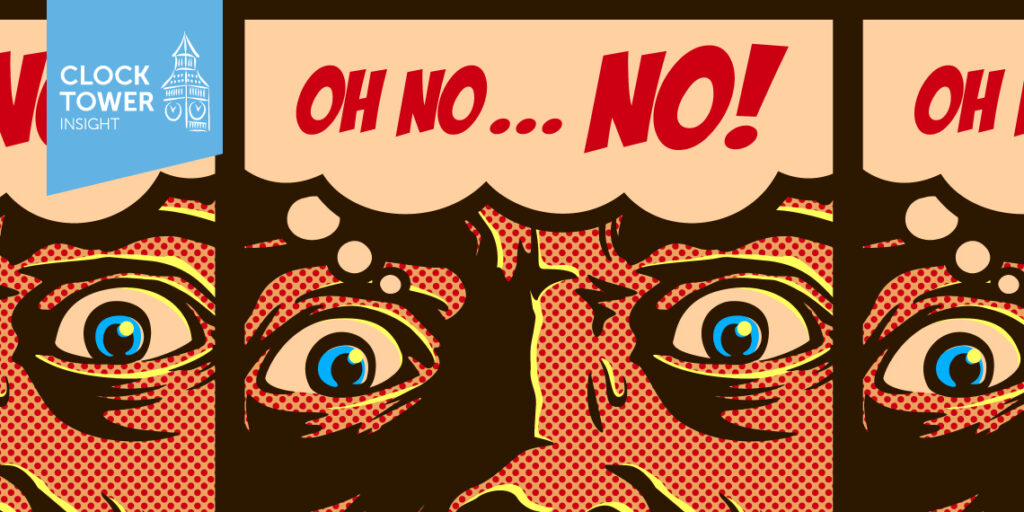Modern brand strategies have an ocean of information at their fingertips. Most large brands perform huge amounts of research to make even the smallest brand changes. Brand and marketing research can include brand positioning analysis, customer feedback, in-depth interviews (IDIs), and much more. So why does it seem like large brands consistently miss the mark so badly?
We will be answering this question by exploring why and how brand message gets lost in translation, the ways in which modern branding strategies can blend with conventional wisdom, how to balance brand adaptability with brand consistency, and review famous examples of misguided brand strategies.
Why Brand Messages can get Lost in Translation
Every marketing department is full of ideas. Ideas for new slogans, new imagery, new ads, and everything in between. The ideas that make it through the thresher of corporate approval and focus groups are probably worthwhile. So what can happen between the inception of an idea and delivery of your brand message? A lot, as it turns out. Here are just a few ways in which marketing messages can become muddled:
- Too much information is being presented: this is a classic mistake of brands who want to share every great thing about their product. A decent rule of thumb is to make no more than three claims in any given consumer interaction.
- Know your brand personality: what might work for a soft drink commercial would be downright strange for a luxury car company. Understand your brand personality and how your consumers associate that personality with your product(s).
- Always have a singular, core message: if you wanted consumers to walk away with one idea in their head after this interaction, what would it be? Consider tailoring all marketing materials around this singular message.
Modern Branding Should Blend with Conventional Wisdom
Branding is a unique mix of well-established, conventional wisdom and bleeding edge data analytics and other technologies. It can become easy for brands to lose their way by leaning too hard in one of these two directions:
- Mindlessly obeying industry standard practices because “that’s the way things are done”. There simply is no room for stagnation in the modern business environment. You either move forward or you risk being left behind. Time tested wisdom is certainly valuable, but only if it still fits your brand’s modern strategies.
- Hopping on every new marketing trend without considering the downfalls. In an effort to stay ahead of the curve, some companies end up shooting themselves in the foot by depending on whatever the latest trends happen to be at any given time.
The best marketing brand strategies combine the best of both worlds to incorporate new technology and ideologies into time-tested marketing methods.
Balancing Brand Adaptability with Brand Consistency
Yet another balancing act that can sometimes lead to modern brand failures is that of weighing a clear, consistent brand message against adapting to fickle customer demand. The key to finding the perfect balance frequently comes down to brands making their customers feel like they are being heard without losing their core brand message. Brands often lose their way by forgetting one of the golden rules of branding: deliver a clear and concise brand message.
Famous Examples of Modern Branding Disasters
Unfortunately for the following companies, there are no shortage of modern brand disasters from which to choose. Here are a few of the highlights (or lowlights):
Colgate tried selling frozen dinners. This one isn’t so much of a poor execution of a great idea as it is a terrible idea having no chance of success. Yes, Colgate, a brand known for toothpaste, tried entering into the frozen meal market. The campaign went about as well as one would expect with the complete departure from their established brand.
The Gap changes their logo and people freaked out. A small change can truly make a huge difference. The Gap logo is one of the most instantly recognizable in the world, with or without the fact that the company name is the only featured content. When the logo was briefly changed in 2010, people lost their minds. The company quickly went back to the old branding design and learned a valuable lesson: change for change’s sake is not always positive.
Kendall Jenner is not a Black Lives Matter representative. We simply can’t ignore the mother of all modern marketing missteps: the infamous Kendall Jenner Pepsi ad. The spot featured the young supermodel using a can of Pepsi to disperse a political rally. Shockingly, it was not well received. Black Lives Matter supporters were insulted by the flippant nature of the ad, and those on the other side of the aisle took offense as well. The ad was pulled almost immediately.
Clock Tower Insight Helps Brands Stay on Track
Clock Tower Insight is proud to work with a wide range of B2C and B2B industries, including retail, CPG, food service, and advertising organizations. We believe in using powerful, cutting edge research to offer brand-specific insights. With this insight, we work with brands to turn the data into actionable information, and eventually into business growth. Our services include brand positioning, customer experience management, and much more.
Learn more about how Clock Tower Insight can help your business today.

